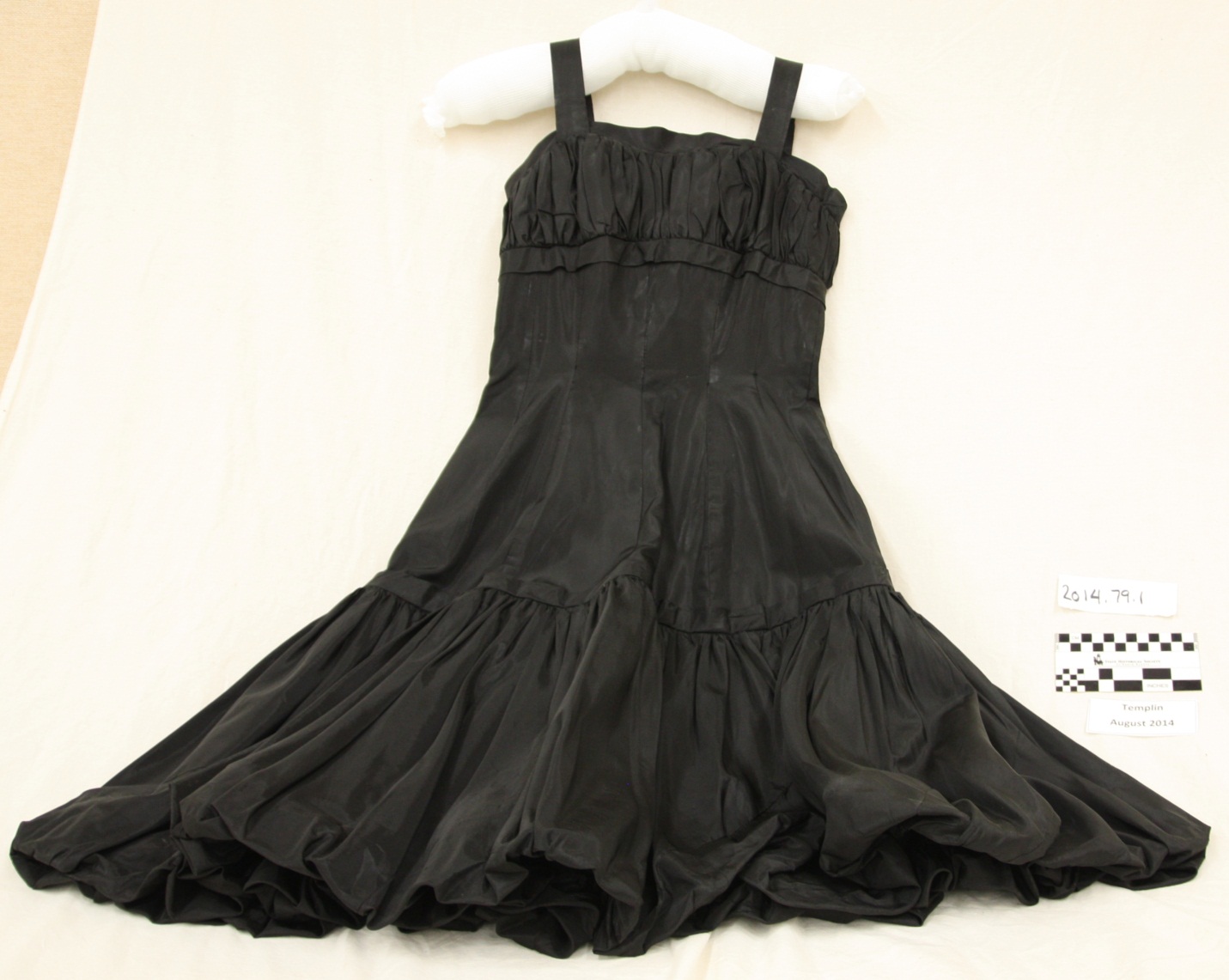An Attitude of Gratitude - Giving
As a fundraising organization, the State Historical Society of North Dakota Foundation is part of a community of supporters. People from all over the state and out of state love North Dakota and have deep roots here. That warm feeling about the state, communities, families, and friends translates into giving. Giving back to this extraordinary place and giving back to communities and families comes from those feelings of gratitude for a good life in North Dakota.
What would it take for you to give away $10,000 of your money to someone or something? Think about giving - what is the process that moves a person to give? Gratitude - for a kindness, an outstanding service, a good deed, a good idea, or a great experience. Gratitude –for a kindness and support from your church. Gratitude - for your hospital or to your school for an excellent education. Gratitude for a good life moves many people to give.
The Foundation has received millions of dollars in gifts of gratitude – gratitude for being raised in a state that forges good values and strong work ethics. Gratitude to a state that provides a lifestyle that supports a great family life and a caring community. Gratitude to a state that provides a place for businesses to invest and to create jobs.
Kirk and Janet Lanterman are just such donors. Kirk grew up in Bismarck-Mandan and has always given credit for his personal success to his upbringing in North Dakota. Kirk Lanterman was named the CEO and Chairman of Carnival Cruise Lines in 1997 and served on their board of directors until 2007. As part of support to the Foundation and the expansion of the North Dakota Heritage Center, Kirk had lunch with Governor Jack Dalrymple and leaders from the House and Senate in January 2009. Over a bowl of potato soup, Kirk told leaders why he wanted to give $500,000 to the expansion. Kirk was grateful for growing up in North Dakota and wanted to honor his pioneering, business-building family. This bold move by a donor was a significant point in the decision by legislators to authorize the $51.7 million expansion.
We are grateful to live in a state that has strong values and brings warm feelings to those who live here and those who now live somewhere else. And we are even more grateful that these feelings of gratitude have moved people to give to the expansion of the North Dakota Heritage Center & State Museum. I hope each of you – are moved to give somewhere. It feels very good. Give with gratitude.





